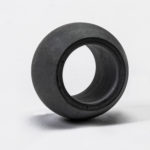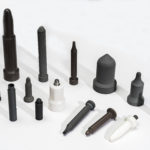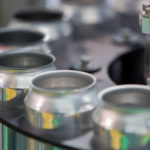Technical ceramics are an advanced class of materials primarily used in tough mechanical engineering applications and environments associated with refractory temperatures or harsh corrosive conditions. Characterised by remarkable thermomechanical properties and wide-ranging resistance to common alkalis, acids, and harsher corrosive agents, fine ceramic materials are used to satisfy some of the most stringent operating objectives in modern industry.
Classifying technical ceramics from a performance point of view can be difficult. They can be formed by a range of different means, and their atomic structures can be altered using various compositions of constituent raw materials and processing routes. This can yield a range of subtly different ceramic grades under a single overarching material “species”. To simplify the matter, technical ceramics are typically grouped into one of two categories: oxide, or non-oxide ceramics.
This article is a follow-up to our previous article on non-oxide technical ceramics such as sialons and silicon carbide (SiC). It aims to explore two standout oxide ceramics for engineering applications: aluminium oxide, or alumina (Al2O3), and zirconium oxide, otherwise known as zirconia (ZrO2).
Alumina: Applications, Chemistry & Properties
Alumina is the most commonly used oxide ceramic on earth, benefitting from excellent price-to-performance characteristics. It is generally graded by purity, with lower concentrations of impurities yielding superior thermomechanical properties. As aluminium oxide is abundant in the raw mineral bauxite – which can be mined and processed with relative ease – high-purity (>99%) alumina ceramics are readily available for a wide range of markets.
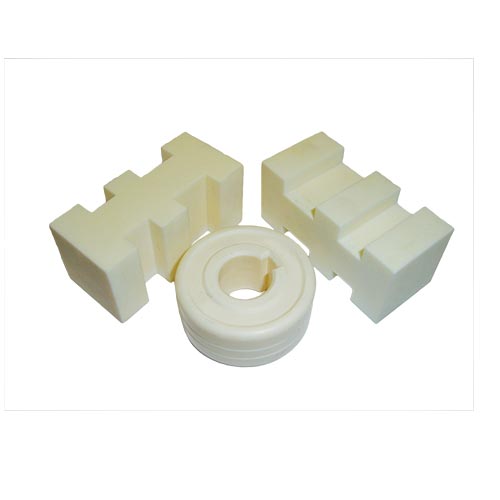
Alumina refractory insulators
Read More: What is Alumina?
Although alumina can be combined with various elements to form a wide range of materials with differing structures and properties (i.e. silicon dioxide to form aluminium silicate) high-purity derivatives are preferred for applications requiring high hardness and mechanical strength.
Alumina is one of the hardest technical ceramics on the planet with a nominal Vickers hardness rating in the region of 15.71 – 17.65 GPa (Kg/mm2). This makes it ideal for wear industries and other applications associated with high abrading forces. Earth moving equipment, mining machinery, and military armour plating are commonly manufactured using alumina ceramics with a low alloy content.
Zirconia: Applications, Chemistry & Properties
Zirconia is a specialist technical ceramic with renowned impact-resistant qualities. It is a complex material in that it exists in several different crystalline phases, each with its own temperature threshold. There is a risk that, at elevated temperatures, high-purity zirconia products would undergo crystallographic phase transitions that lead to fracture. To avoid this, zirconia technical ceramics are typically formed with an yttria based stabiliser (Y2O3).
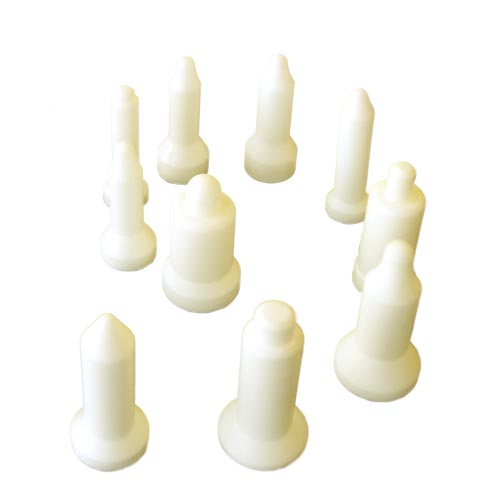
Zircalon 10 weld location pins
Read More: An Introduction to Zirconia
With outstanding strength and impact-resistant qualities up to temperatures of 1000°C (1832°F), zirconia technical ceramics are widely used for corrosive and abrasive industrial processes such as captive nut spot welding in automotive manufacturing, where ceramic location pins resist degradation due to high wearing forces.
Technical Ceramics from International Syalons
International Syalons is one of the foremost suppliers of technical ceramics in the UK. We offer both oxide and non-oxide technical ceramics for a wide range of applications areas, from chemical processing to welding.
If you would like to learn more about the types of advanced ceramics materials available for mechanical engineering today, refer to our Guide to Technical Ceramics
Contact a member of the International Syalons team today if you have any questions about our range of technical ceramics, or to request a quote on our products.

